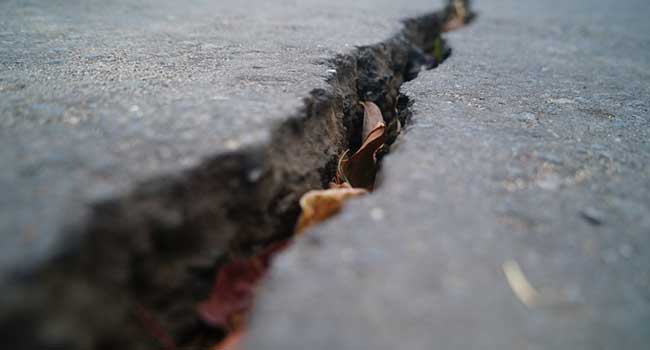
Study Shows Washington Schools Need Upgrades for Seismic Safety
Geologists at the Washington Geological Survey inspected the seismic vulnerability of 222 schools and found that approximately 70 percent of the state’s schools are located in zones of high seismic risk.
- By Kaitlyn DeHaven
- July 09, 2019
With a potential magnitude-9 earthquake looming over Washington state, ready to strike at any moment, researchers from the Washington State Department of Natural Resources recently released a report taking a closer look at 222 of Washington’s schools based on local geology and construction type.
There are 4,444 school in Washington state, and the 222 in the study were chosen based on their location, size, construction type, and age. The average date of construction for the buildings in the study is 1963. Geologists at the Washington Geological Survey, a division of DNR, inspected these schools’ seismic vulnerability.
The report stated that the majority of the schools would be unsafe to occupy following a Cascadia subduction zone earthquake, and approximately 25% would not be repairable and would need to be demolished. It also found that many of the schools with the highest risk of destruction are located near earthquake faults.
“Older, unreinforced masonry buildings and non-ductile concrete buildings are especially at risk,” the report said. “Buildings constructed prior the 1975, when the statewide building code was adopted, are particularly vulnerable.”
Hilary Franz, the commissioner of public lands, said in a news release that while the repairs will be costly, the earthquake is impending.
“It’s a question of when, not if, the next earthquake will hit,” Franz said. “We need to be vigilant and take steps now to help keep our kids safe.”
To create the estimates of the cost of upgrades for buildings, the geologists took an even closer look at 15 of the 222 buildings. They found that the necessary upgrades for these buildings to be seismically sound range from $63,000 to $5 million per building. The average cost per building is $1.5 million. Despite the high costs, the study states that the cost of repairs far outweighs the cost of the upgrades.
The schools are not required to undergo retrofits, and since the upgrades have a hefty cost attached, the report states that they would need financial support from the state in order to do so.
“The overall cost to seismically upgrade the state’s most vulnerable buildings is no doubt staggering,” the report states. “However, the cost and time to rebuild a multitude of school buildings at the same time, following a Cascadia-type earthquake event, affecting nearly 750,000 public-school students, could be an overwhelming obstacle in Washington state’s post-disaster recovery.”
Lawmakers included $2.2 million in the 2019-21 capital budget to continue studying the issue.
About the Author
Kaitlyn DeHaven is the Associate Content Editor for the Infrastructure Solutions Group at 1105 Media.